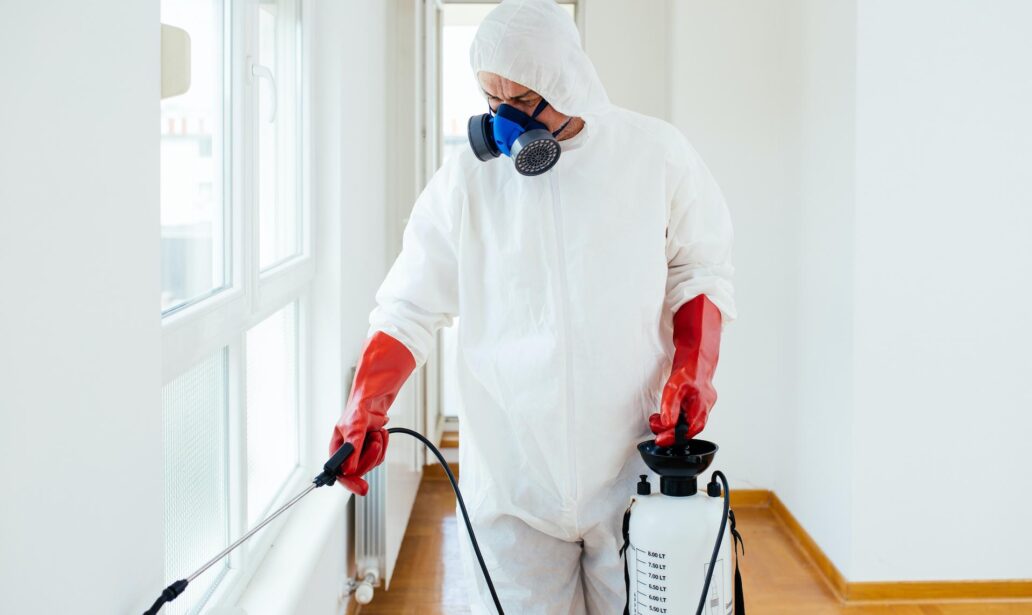Pests can pose significant problems for homeowners and businesses alike. However, chemical pesticides, which are quite frequently used in pest control services, aren’t the only solution. There are many natural and eco-friendly pest control methods that provide effective alternatives without harming the environment or human health. Let’s explore some of these environmentally-friendly pest control options.
Physical Obstructions
Using physical obstructions is a great way to prevent pests from entering your home. Installing screens on windows and doors, and using door sweeps to close gaps beneath doors, can be quite effective. Ensure that these barriers are properly fitted and securely installed to effectively keep pests out.
Examine your home or garden for possible entry points and seal them with caulk or weatherstripping. Eliminate food and water sources by cleaning regularly, covering containers, and choosing the appropriate trap for the pest you’re dealing with, such as sticky traps for insects, humane traps for small animals, and funnel traps for birds.
Neem Oil
Neem oil is an organic, natural option for pest control. It can repel certain pests from plants, trees, and other areas where you don’t want them. When applied directly to pests, neem oil has anti-feeding and insecticidal properties. Some ways to use neem oil for pest control include spraying it on garden plants to ward off insects and other pests, applying it directly to pests as an insecticide, and using it as a soil drench all around tree roots or on vegetable plants before planting.
Companion Planting
Companion planting is a natural way to deter pests from your garden. By placing specific plants next to one another, you can create a protective barrier against unwanted invaders. Marigolds, for instance, are well-known for their ability to repel nematodes and aphids, making them a great companion for vegetable gardens. This method not only reduces pest presence but also encourages healthy plant growth and development.
Biological Controls
Biological controls involve using natural predators or parasites to manage pests. Examples of biological controls include releasing ladybugs to handle aphids, introducing parasitic wasps to combat destructive caterpillars, or setting up bat houses for mosquito control. Other methods include releasing sterile insects to reduce pest populations and using microbial pesticides to target specific pests. Each biological control method has its own set of pros and cons, so it’s important to research and select the one that suits your situation best.
Diatomaceous Earth
Diatomaceous earth is a natural and effective pest control solution. It functions by absorbing the oils and waxes from the bodies of specific insects and arthropods, leading to dehydration and death.
Here are some ways to use diatomaceous earth for pest control: Sprinkle it around your garden or home to deter ants. Add it to pet food containers to control bug infestations. Spread a thin layer in areas with spider activity. Sprinkle some around furniture legs, windowsills, and doorways. Scatter it in hard-to-reach spots like cracks and crevices.

